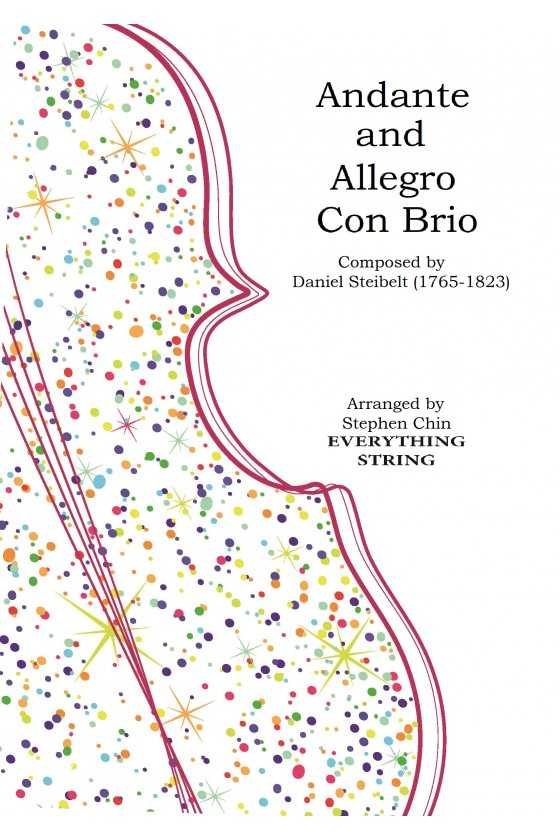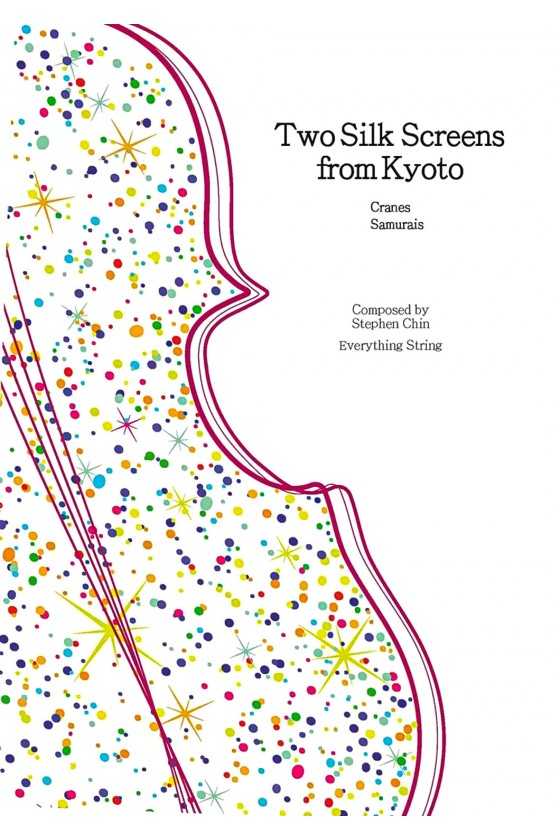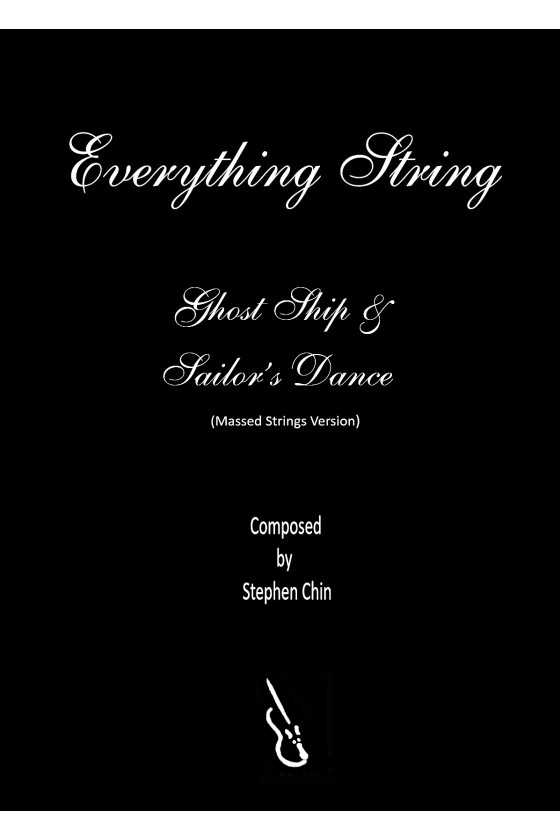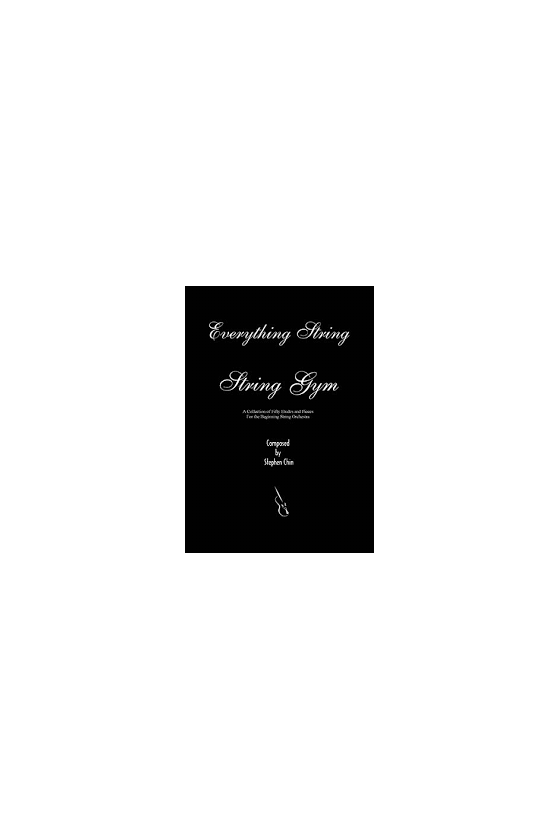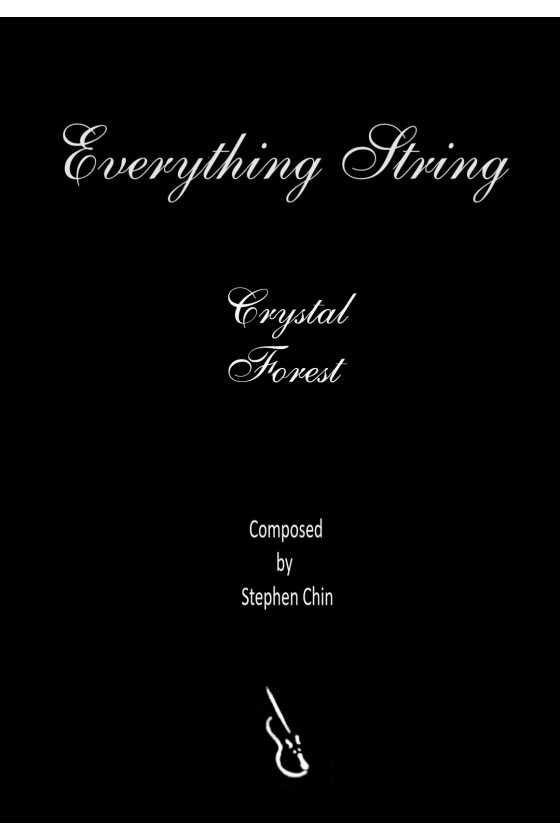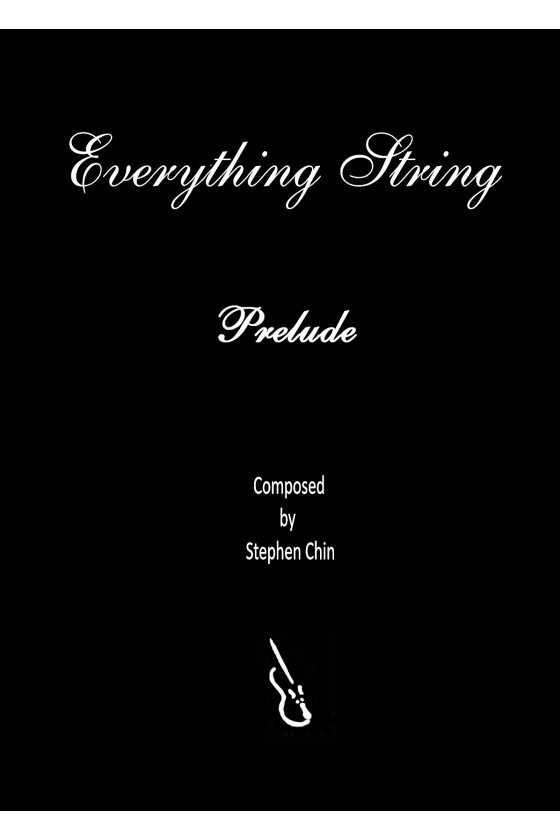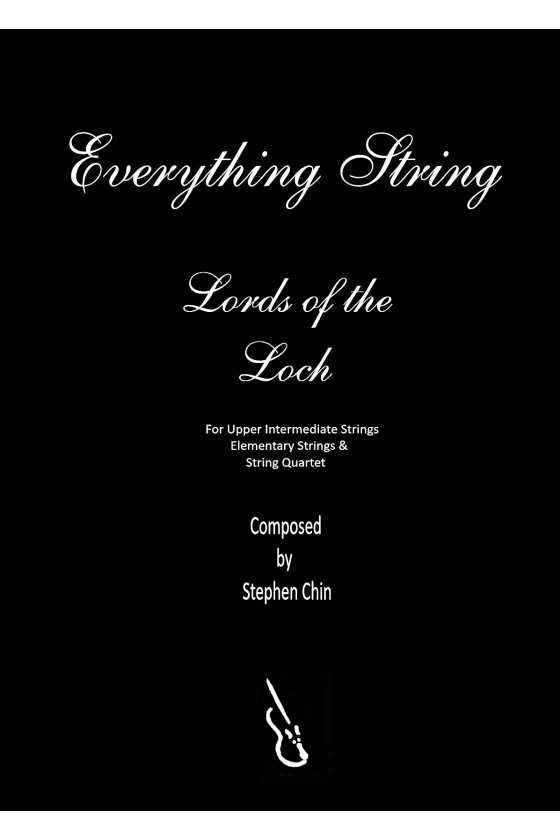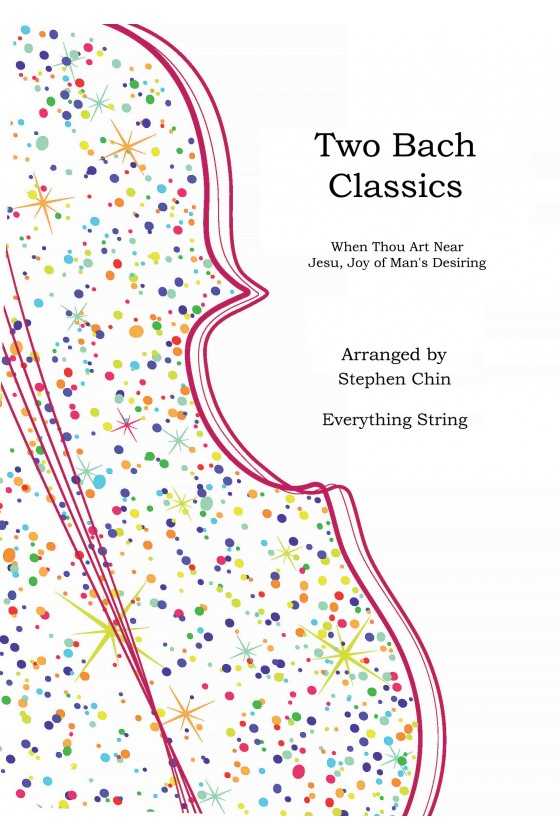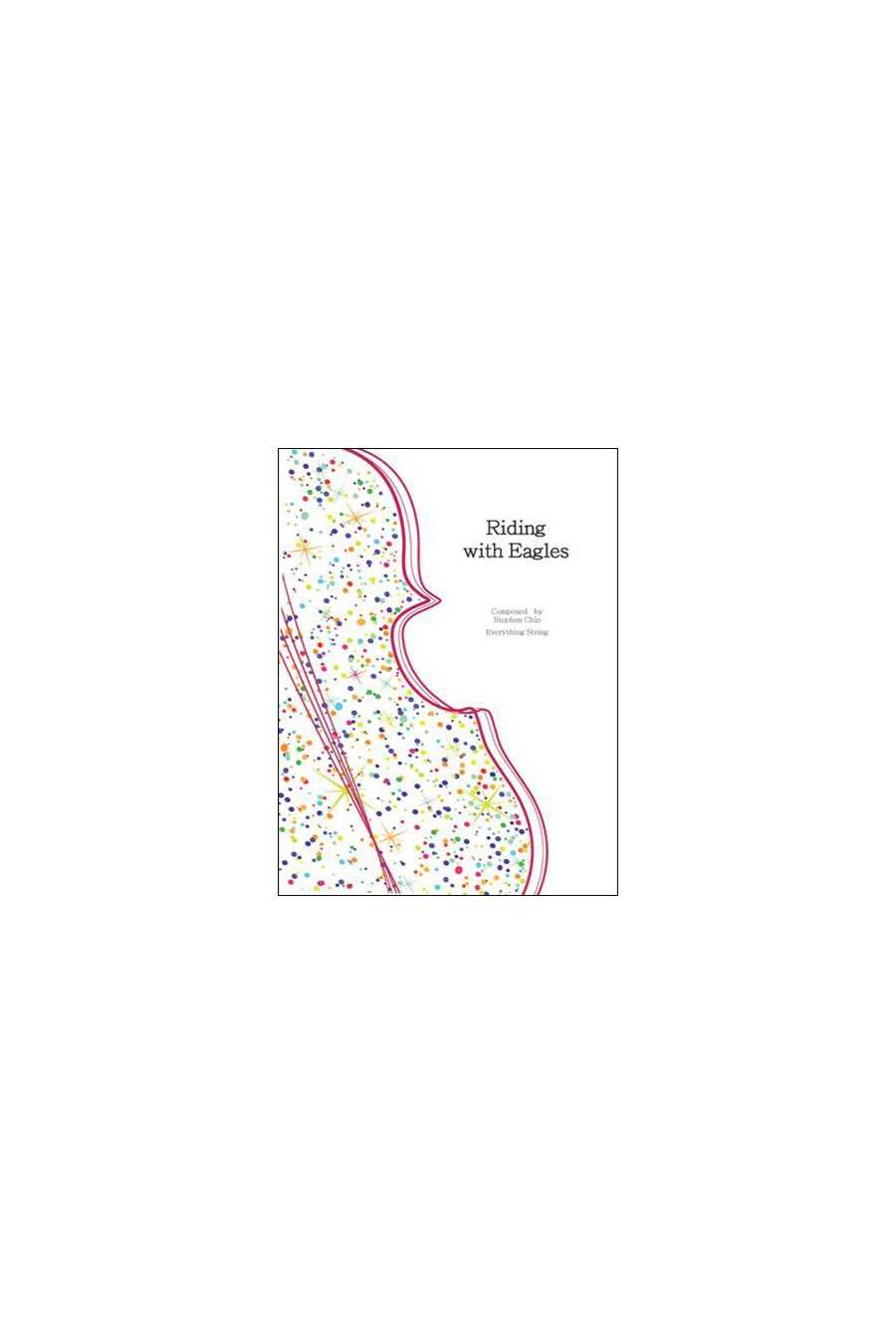
Andante and Allegro Con Brio by Stephen Chin
Daniel Steibelt (1765-1823) composed elegant pieces that embody the Classical period's poise and vivacity. His piece includes an Andante section with beautiful melodies and an Allegro con brio section that presents a fun challenge for students. The E minor middle section highlights the first violins' talent and is perfect for String Orchestra Grade 2.
1. Andante
2. Allegro con brio



